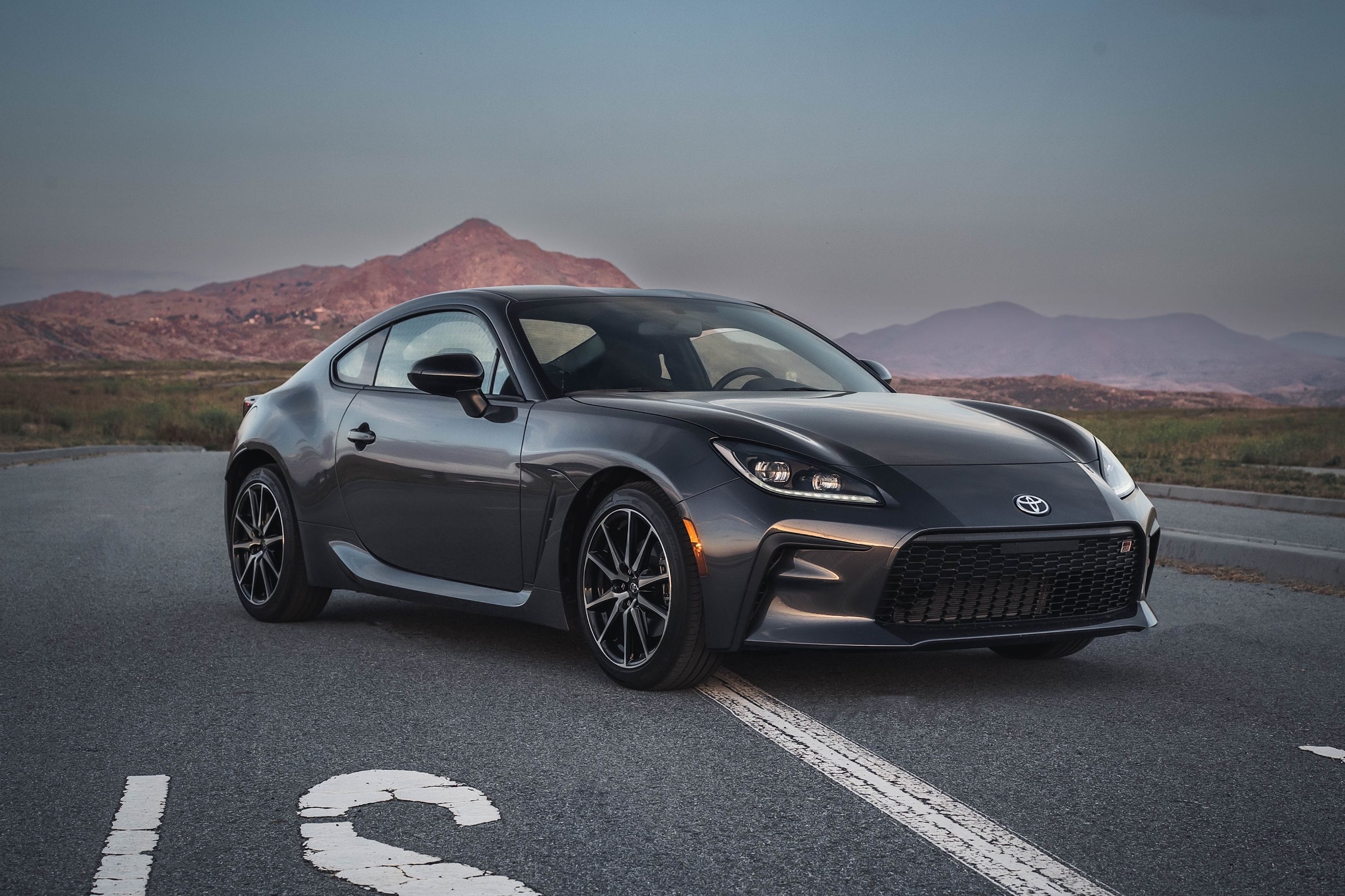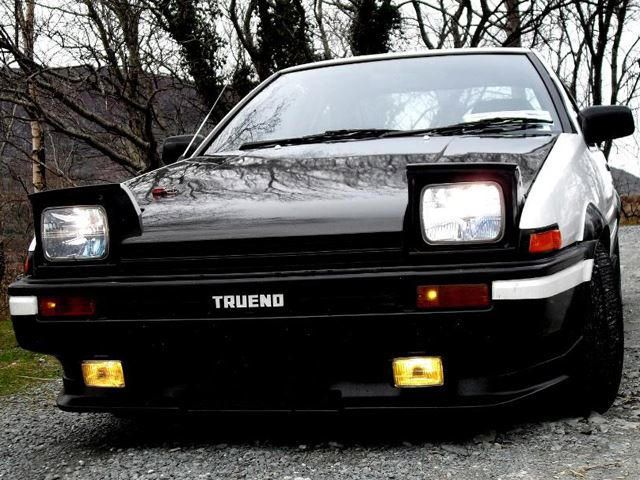Technically speaking, the AE86 wasn't a model of car, but a chassis code for a couple of different models. The code has been adopted (and is often shortened to just "86") as the preferred name among enthusiasts in Japan due to this specific chassis being such a standout from the rest of the Corolla and Sprinter models. Their popularity is easy to understand, as these were simple and beautifully executed driver's cars which were big on fun and fairly cheap. The Toyota Corolla had been around for quite a few years before the AE86, having debuted in 1966.
The Sprinter was introduced as a largely similar model with a few styling tweaks which would change over the years. Just as now, it was introduced as an economy model, and its low price combined with good reliability and practicality have made it, as of 1997, the best-selling automotive nameplate of all time, surpassing the Volkswagen Beetle and the Ford Model T. With the Corolla having been such a success from the start, Toyota evolved the product carefully, making sure that changes didn't alter the overall idea behind the car, but a certain amount of change is unavoidable.
One of the bigger changes to the Corolla came in 1983, when the fifth generation of the car debuted with front-wheel drive. This was fine for most economy-minded customers, but Toyota decided to make a couple versions of the car which retained the rear-wheel-drive setup. The first of these was the AE85, still an economy version of the car, but with RWD for those who preferred it. The other was the AE86, which was a performance-oriented version. This was available in the form of either the Corolla Levin (the Old English word for lightning) or the Sprinter Trueno (Spanish for thunder), which were the two-door versions of the two models.
Both were available as either a coupe or a hatchback, and the only real difference between the models was that the Trueno had pop-up headlights, and the Levin's were fixed. Later versions, however, ('86 and '87) are also differentiated by slightly different tail lights. Interestingly, it was only the version of the AE86 with the pop-up lights that was sold in the US, but it was badged as a Corolla. The AE86 wasn't especially fast. The 1.6-liter four-cylinder engine was offered in FWD form and wasn't presented as being sporting-oriented. It produced just 112 horsepower, but it was very light, with one stripped-down JDM version weighing in at just 2,035 lbs.
The US market actually got two versions of the engine, one being the same DOHC fuel-injected version as the JDM cars, and one being an 87-horsepower SOHC carbureted version which was built to comply with California emissions. The more powerful cars wore "GT-S" badges, while the less-powerful cars had "SR5" badges. Only the SR5 was offered with an automatic transmission. The well-executed simplicity of the AE86 made it a hit with tuners, and an AE86 driver is the protagonist of the street racing manga/anime "Initial D". The AE86 also saw a good deal of use in motorsports, particularly in rallying and touring car racing.
Toyota has made a lot of claims about the new Scion FR-S being the spiritual successor to the AE86, and the car is sold as the Toyota 86 in Japan and as the GT86 in Europe as a tribute to the original. There is certainly some truth to this, but safety regulations have added several hundred pounds to the weight, and the new car can't offer both driving fun and practicality like the original. But it could probably be said that Toyota got as close as is really possible with a modern car, shame though that might be.


